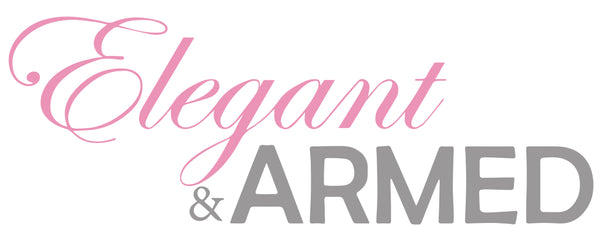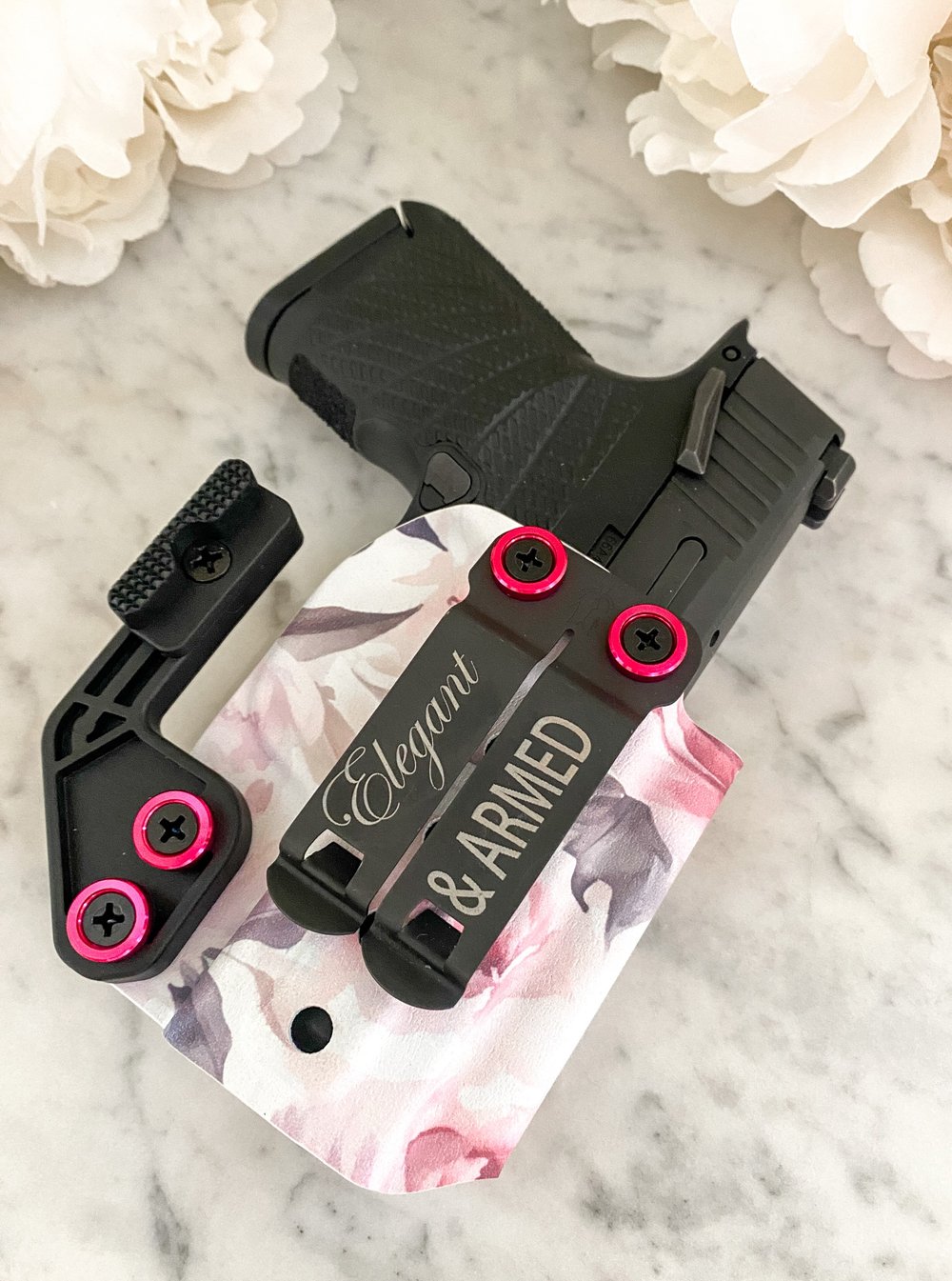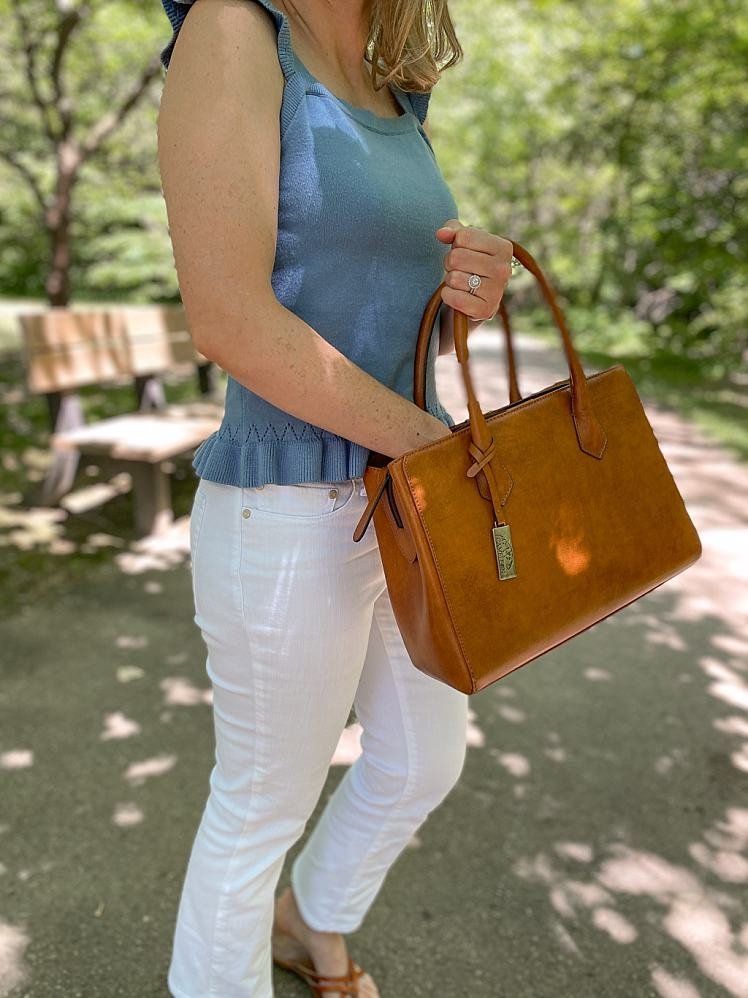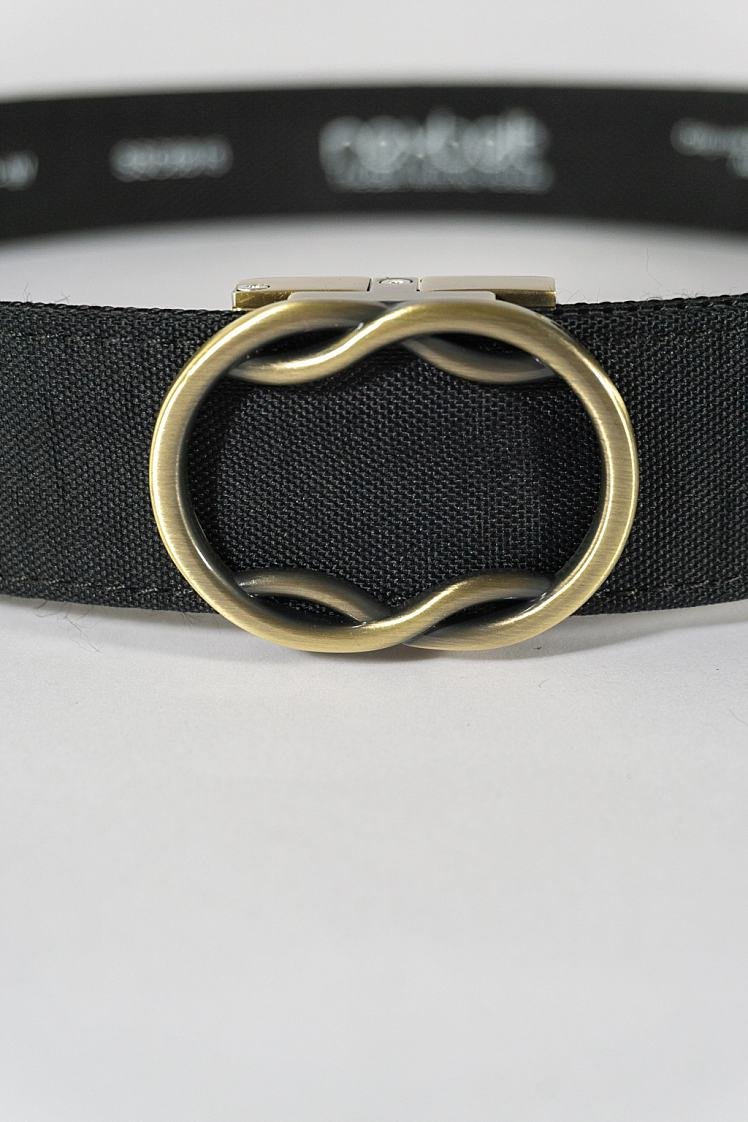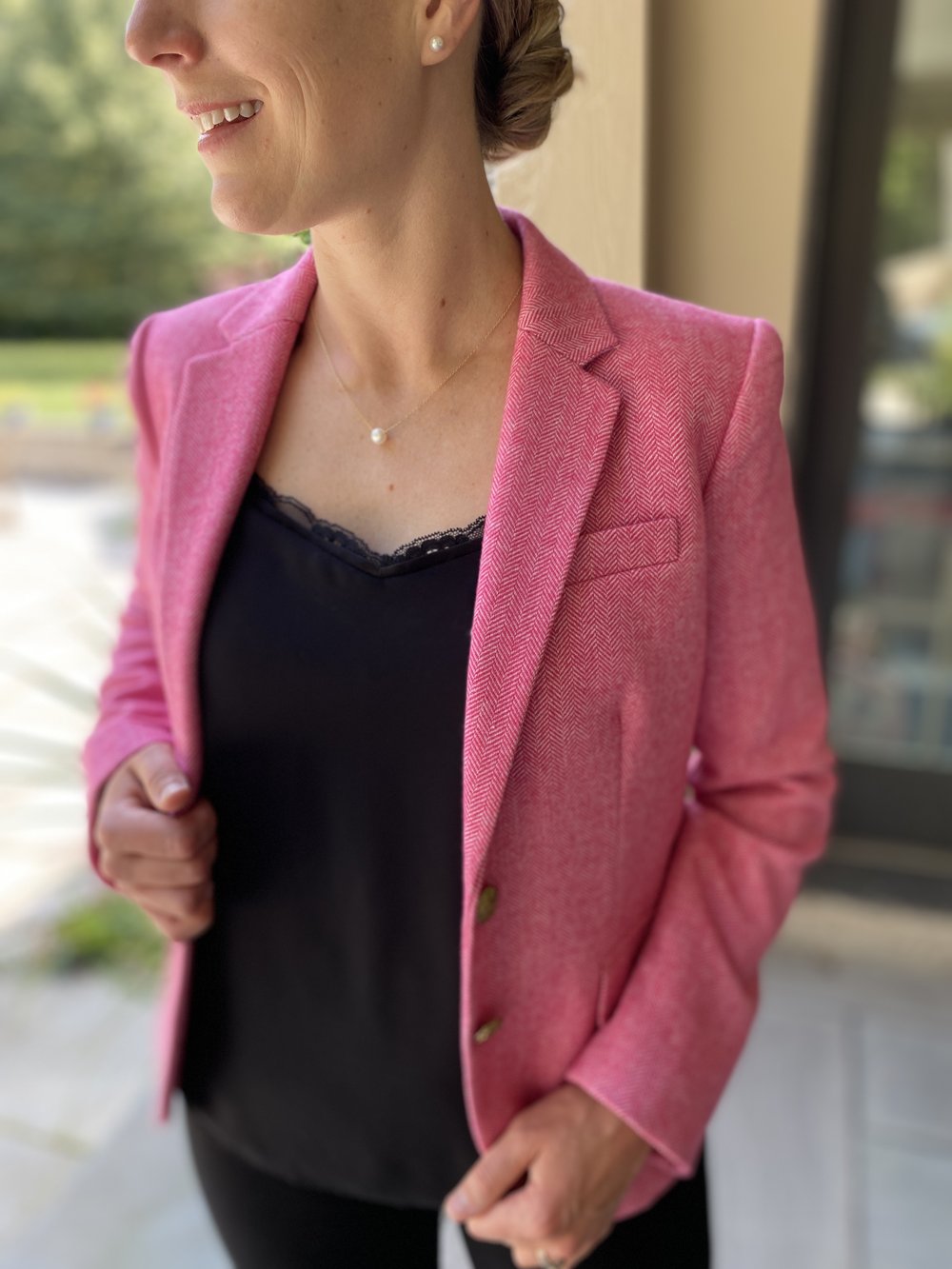How to Use An Appendix Holster
Share
Concealed Carry for women
Long gone are the days when female concealed carry options were limited to clunky holsters and masculine gear, thanks to a rise in interest in women’s concealed carry fashion. Data from Harvard’s School of Public Health show the reason for this increased interest, the fact that new gun owners are likely to be female, and roughly half of all gun purchases between 2019 and 2021 were women. Whatever your reasons are for seeking greater protection, remember that you never have to sacrifice your femininity to carry a concealed weapon. Walk confidently, feel secure, and trust that you can carry in a way that fits your lifestyle!
Women’s concealed carry options are continuing to expand and include both on and off-body options. This article will walk you through everything you need to know about an appendix holster, which is worn on the body.

Belt: Mastermind Tactics | Holster: TRex Arms
What is an appendix holster?
An appendix holster is a specific type of concealed carry holster that is worn on your body and sits over your appendix. This most common type of this holster can be worn inside of your pants, clips to a belt and is made of leather or a thermoplastic called Kydex. However, some options also allow you to clip the holster directly to your fabric pants, but these fabrics must be strong enough to support the weight of the gun.
The bellyband is another women’s holster choice that places the gun over the appendix. It’s a great option for outfits that don’t have belt loops, for flimsy bottoms not sturdy enough for the gun’s weight, or for tighter clothing to prevent showing the outline of your holster.

Advantages of an Appendix Holster
Speed
The biggest benefit of an appendix holster for women is the quickness and security of the gun’s access point. When carrying in this position, your gun is near your hands, which are hanging by your side. This means the gun is quickly accessible when it’s needed. There is no twisting of your arm or reaching around your body for access, or risking the delay or obstruction of your shirt getting in the way of the draw.
Secure
Additionally, the security of this position is best, as it can be more easily protected and kept away from anyone trying to take it off your body. You have more control of your body’s front side and can easily guard your gun with your hands or arms. 
Holster: Torsion by Bravo Concealment Code: ELEGANTANDARMED10 for 10%off | Leggings: Rounded Concealment
Disadvantages of an Appendix Holster
Discomfort
The major downside of this type of holster is the potential discomfort of a belt and added bulkiness of the holster. If you don’t often wear belts or find them to be uncomfortable, it might be awkward or even impossible to clip on this type of gear. You may need to change the clothing you wear with this type of holster to include belt loops. You might also opt for looser-fitting clothing to not show the outline or bulge of the gun through your attire.
Mobility
Another common discomfort is the feeling of the gun when you bend over or sit down since the gun’s position is positioned in the groin area. Some women are concerned about accidental discharge from this position since the gun points at the femoral artery. However, with a good holster that covers the trigger with hard material, an accidental discharge is unlikely.

Making the Holster Work for Your Body
Ride Height
The first thing to know is that holsters provide various ride heights, which is how high the holster sits on your body in relation to your hip. This height will be relative to you and your body, height, and size, and the ideal height may vary based on where you are using the gun (ex: standing and walking versus riding in a car). There are three heights: high, mid, and deep.

Generally, the deeper concealment, the more concealed a gun will be. However, this comes with the downside of a more challenging draw.
A High ride height allows for the quickest draw because the grip is easy to access, and you can get a strong grip right away. It can also provide more comfort, minimizing the gun from digging into your groin; however, it often creates a printing of the gun and makes it visible through clothing.
Mid-ride height is somewhere in-between with a combination of both advantages and disadvantages of the other two heights.
Your choice may come down to personal preference, but as with any concealed carry method, make sure to practice your draw with the goal of being smooth and fast.
Cant
The cant of the holster, or the angle in which the gun sits in the holster, is another thing to consider when making your concealed carry holster work with your body and lifestyle. The cant must be taken into consideration with the ride height to ensure you have a quick and accessible draw of your gun from the position it is at your body. Holsters will have a straight drop, FBI, or negative cant.

For these holsters, the cant is fixed. However, some designs allow you to change the cant based on your preferences.
Because all bodies and shapes are different, consideration of the ride height and cant are unique for each woman. Here are the key things to keep in mind for safety, security, and comfort:
Safety, Security & Comfort
Because all bodies and shapes are different, consideration of the ride height and cant are unique for each woman. Here are the key things to keep in mind for safety, security, and comfort:
- Make sure the gun is snug to your body on all sides to help avoid printing (when the outline or bulge of the gun shows through your clothing.)
- Ensure proper torso placement in that your grip is natural and comfortable without awkward contortion or elbow placement. The holster can also be moved along your belt line to the most comfortable location.
Concealment
Rest assured that there are solutions to printing, and when the bulge of your gun is apparent! Here are a few solutions to try when your concealed carry is not exactly concealed.

Left: Grip of the gun angles away from the body. Right: added a concealment claw to tuck the grip closer to the body.

Holster with a claw added, to tuck the grip of the gun closer to your body.
- Consider add-ons to the holster like a concealment wedge, which tilts the backstrap of the gun toward your body, or a concealment claw (above), which tucks the grip closer to your body.
- The holster position can be moved closer to your belly button to reduce the butt of the grip showing, as well.
Again, finding the right fit for your handgun holster is unique to you and may require some trial and error before finding the perfect fit.
HOW TO DRAW FROM AN APPENDIX HOLSTER

Once you’ve got the style and fit of your concealed carry gear down, it’s incredibly important to know how to draw your gun from its appendix holster.
Tatiana Whitlock created this helpful video to demonstrate the draw and holster, and can be summarized in the following steps:
Bring the support hand to your body and clear any obstructions like clothing or accessories.
- Bring a strong hand to your gun, getting a firm and high grip.
- Draw your gun straight up and out of the holster.
- Raise the muzzle to face the target.
- Rotate the gun and get a two-handed grip.
- Go to a compressed ready position or present on the target.
These steps are done in reverse to safely return the gun to your holster.

Finding the Ideal Holster
As we’ve reviewed, there are many things to keep in mind and consider when choosing your concealed carry holster. We’ve made it easy to find the right holster for your lifestyle with our simple quiz. Take the guesswork out and find what’s best for you, ensuring your comfort and style aren’t jeopardized when finding the perfect concealment options.

